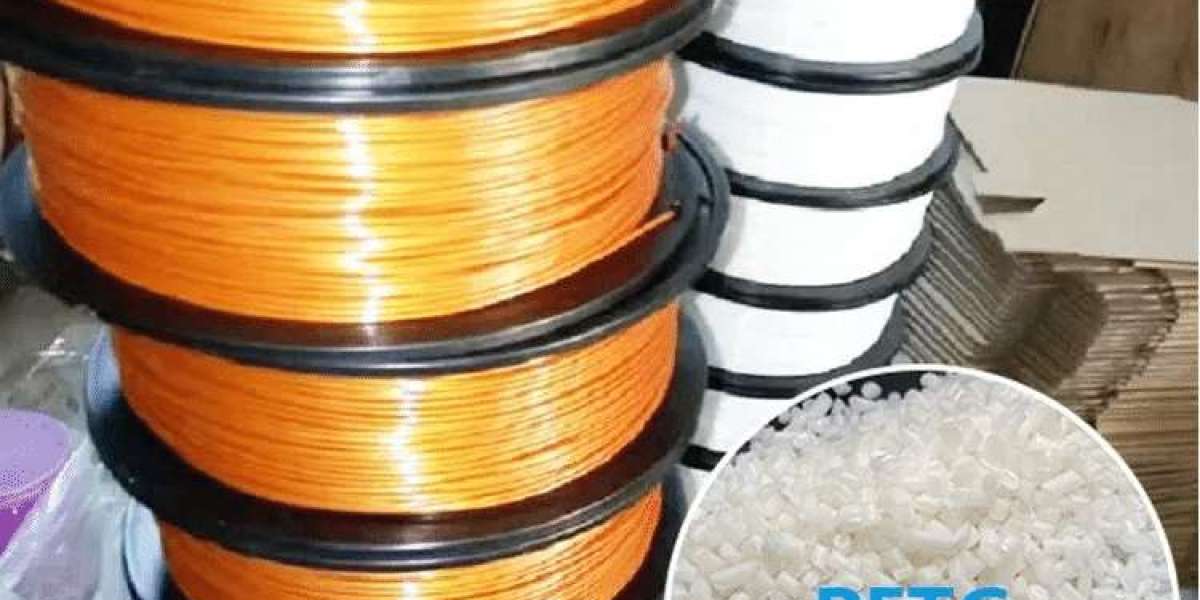Combining the best qualities of PLA and ABS, PETG filament is increasingly favored by hobbyists and professionals alike. However, one critical aspect that often determines the success or failure of a PETG print is layer adhesion. The ability of layers to stick firmly together can significantly impact the final part’s structural integrity, durability, and visual appeal.
Understanding Layer Adhesion in PETG
Layer adhesion refers to the bonding strength between successive layers of melted filament as they are extruded and cooled during the 3D printing process. For PETG, achieving excellent layer adhesion means forming a strong bond that resists delamination and maintains the part's mechanical properties. PETG has a unique combination of moderate flexibility and high impact resistance, but without proper adhesion, these benefits are compromised.
The Role of Layer Adhesion in Print Strength
The strength of a 3D-printed object relies heavily on its internal layer bonding. With PETG, good adhesion leads to parts that can withstand greater mechanical loads and are less prone to cracking or splitting under stress. In applications such as functional prototypes, mechanical parts, or outdoor components, strong adhesion ensures that the part can endure prolonged use and varying environmental conditions. Poor adhesion, by contrast, may result in weaker bonds, leading to brittle prints and structural failure during use.
Factors Influencing PETG Adhesion
Achieving optimal layer adhesion with PETG depends on various factors, such as temperature settings, printing speed, bed adhesion, and environmental conditions.
Extrusion Temperature: PETG requires higher extrusion temperatures than PLA, typically ranging from 220°C to 250°C. Printing at the right temperature ensures that the layers fuse properly. If the temperature is too low, the filament may not bond well, resulting in weak layers. Too high a temperature, however, can lead to oozing and stringing issues.
Print Bed Temperature: The heated bed, usually set between 70°C and 90°C for PETG, helps prevent warping and enhances first-layer adhesion. A well-adhered first layer provides a solid foundation for subsequent layers, promoting overall layer bonding.
Print Speed: Printing at a slower speed often improves adhesion by allowing each layer more time to bond before cooling. This increased bonding time ensures better layer integration.
Cooling: PETG benefits from minimal cooling. Excessive cooling can cause the layers to solidify too quickly, reducing the interlayer bonding strength. Setting the cooling fan at a lower speed or turning it off can help improve adhesion.
Surface Preparation: Clean and leveled build surfaces contribute to consistent layer deposition. Blue painter’s tape, glass surfaces treated with glue stick, or PEI sheets are popular for improving PETG's bed adhesion.
Benefits of Strong Layer Adhesion
Durability: Strong adhesion means greater resilience to wear, impact, and mechanical stress. PETG parts with excellent layer bonding last longer and perform better in demanding conditions.
Dimensional Stability: Good adhesion ensures consistent layer stacking and minimizes dimensional inaccuracies, making the final product more precise and reliable.
Aesthetic Quality: Prints with solid layer adhesion exhibit smoother surfaces and minimal layer lines. This results in a more visually appealing product, which is especially important for decorative or commercial items.
Functional Integrity: Adhesion is critical for prints subjected to load-bearing tasks. Without proper bonding, PETG parts may fail under load, undermining their intended use.
Enhancing Adhesion in Practical Applications
To achieve strong adhesion in PETG prints, calibrate the 3D printer carefully, paying attention to nozzle temperature, print bed temperature, and extrusion speed. Adjust settings iteratively based on the specific printer and filament brand being used. Additionally, ensure that filament storage prevents moisture absorption, as PETG is hygroscopic, and excess moisture can negatively impact print quality.
In summary, the importance of adhesion in PETG filament layers cannot be overstated. It directly influences the mechanical properties, durability, and overall success of 3D-printed parts. By understanding and optimizing the factors that affect adhesion, users can unlock the full potential of PETG, achieving strong, durable, and aesthetically pleasing prints.








